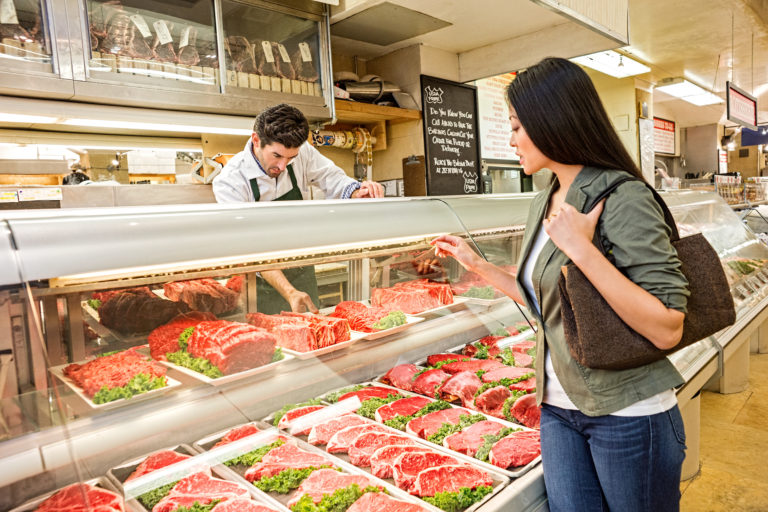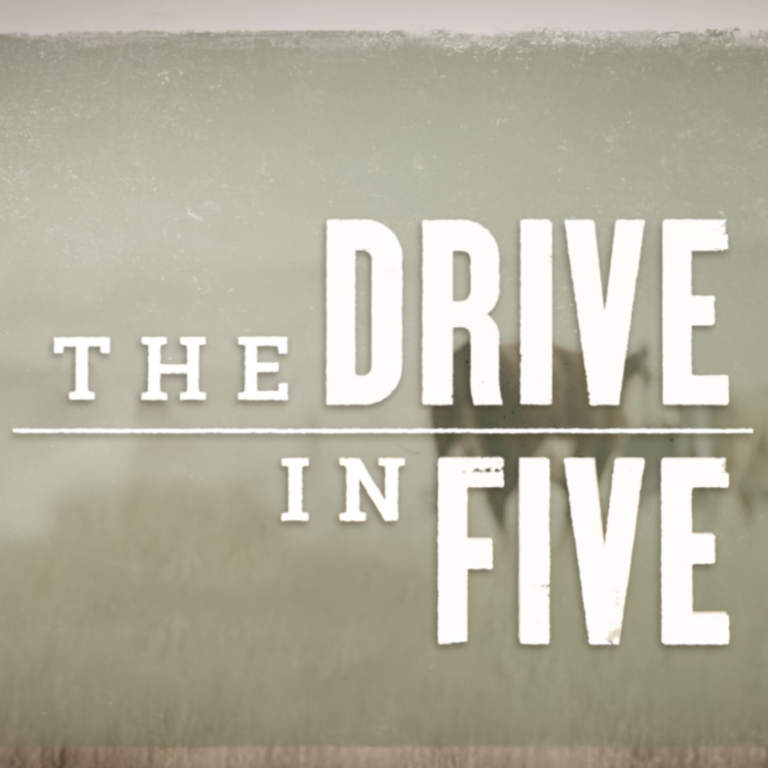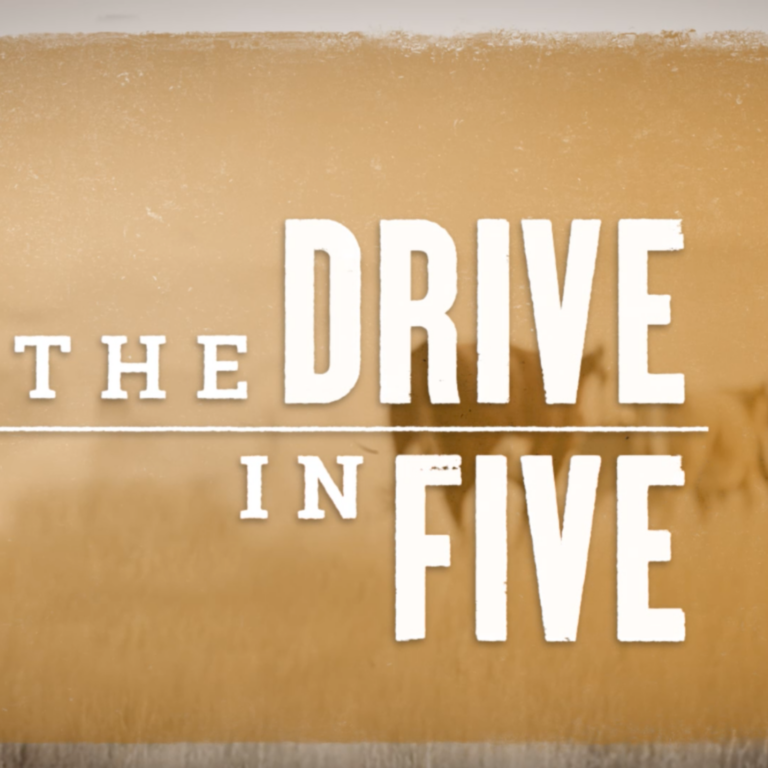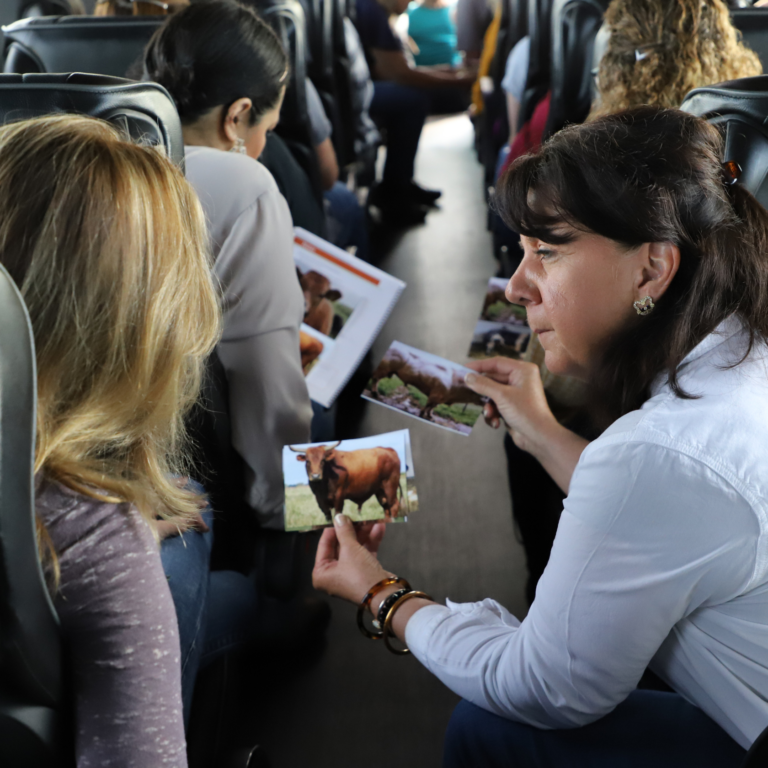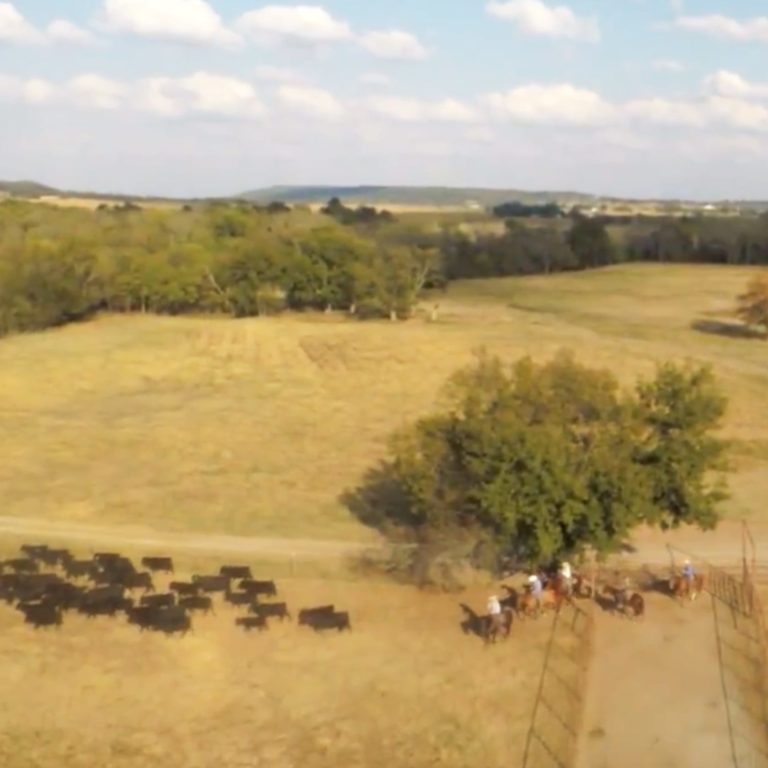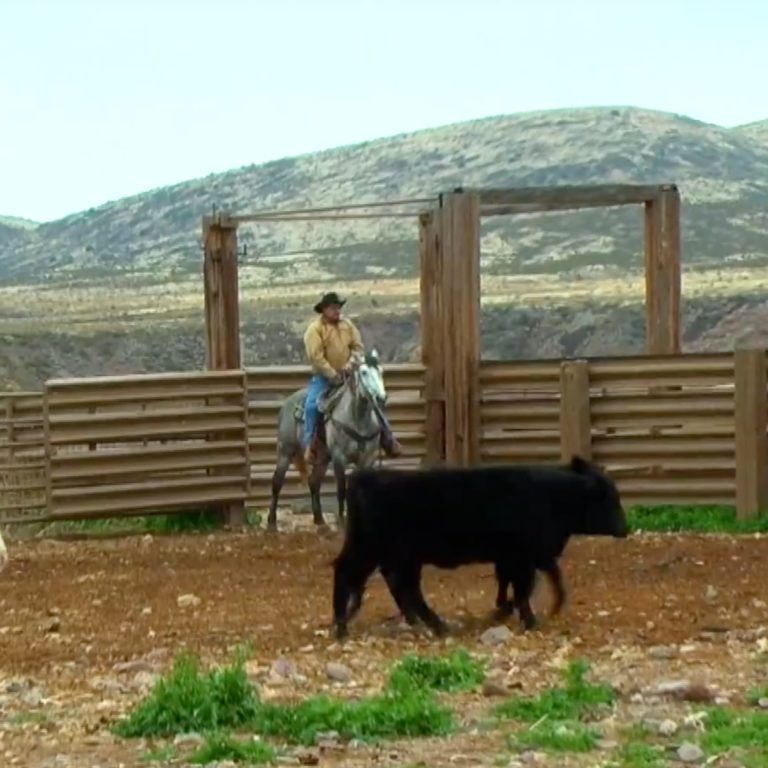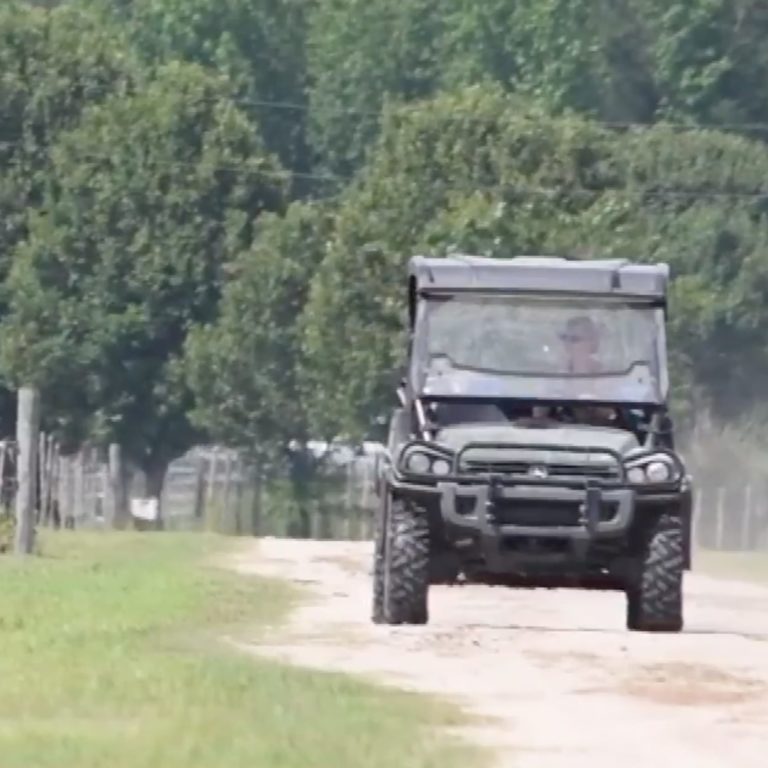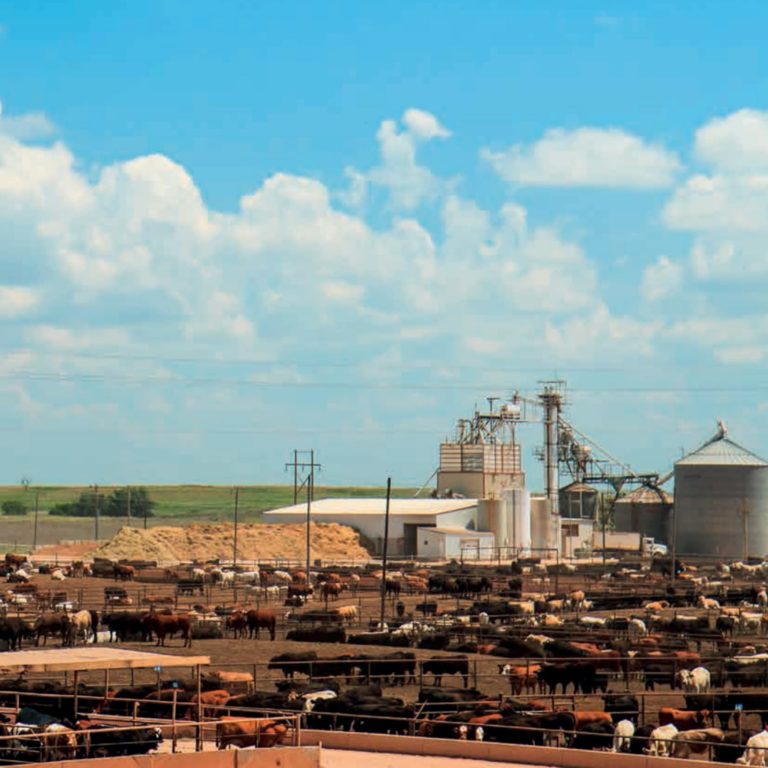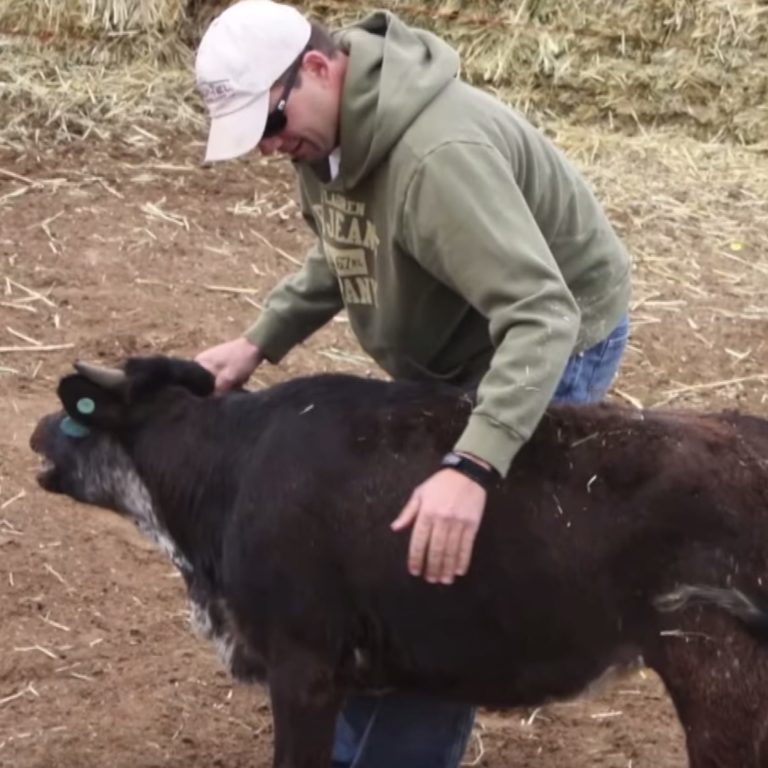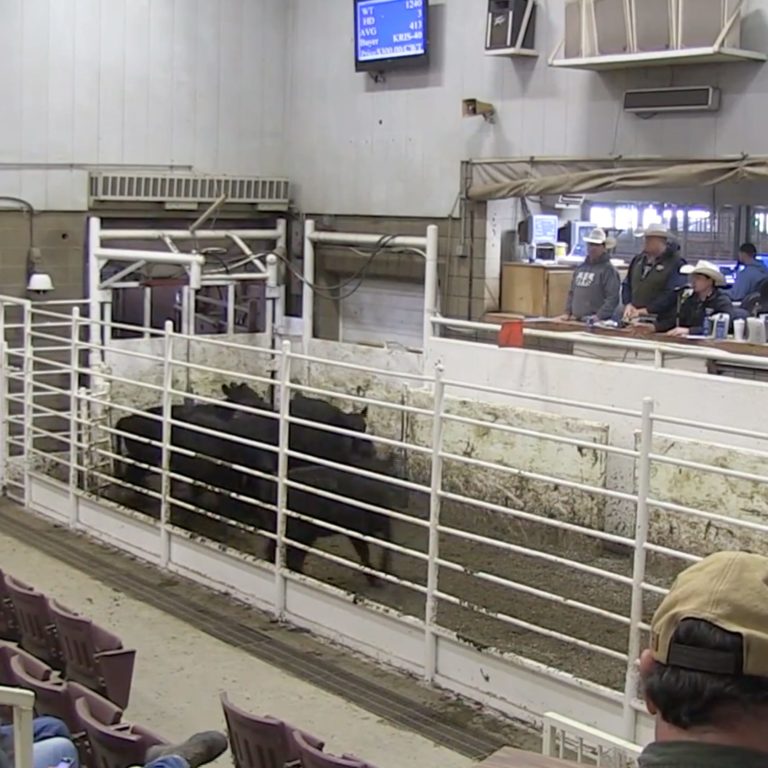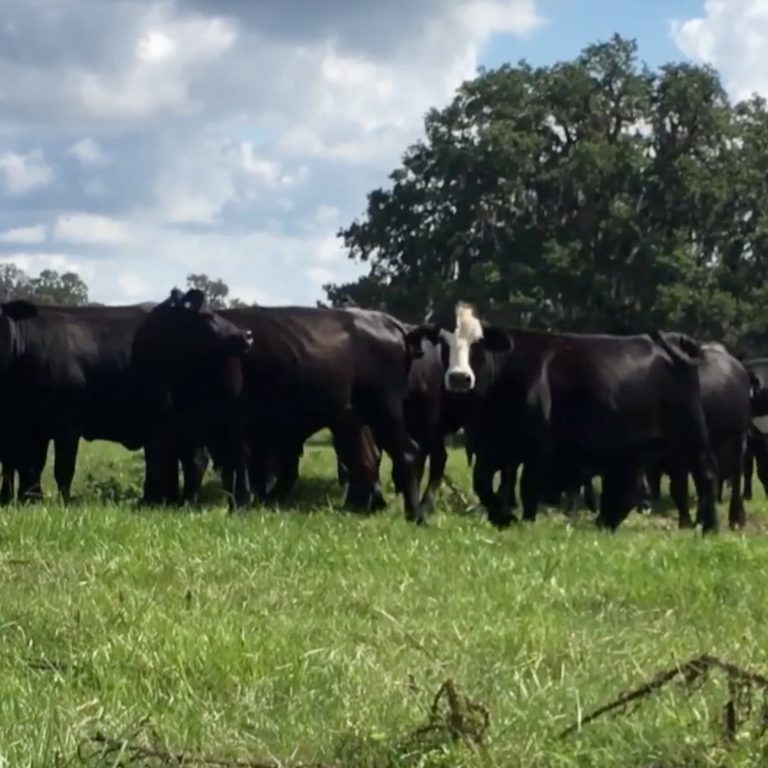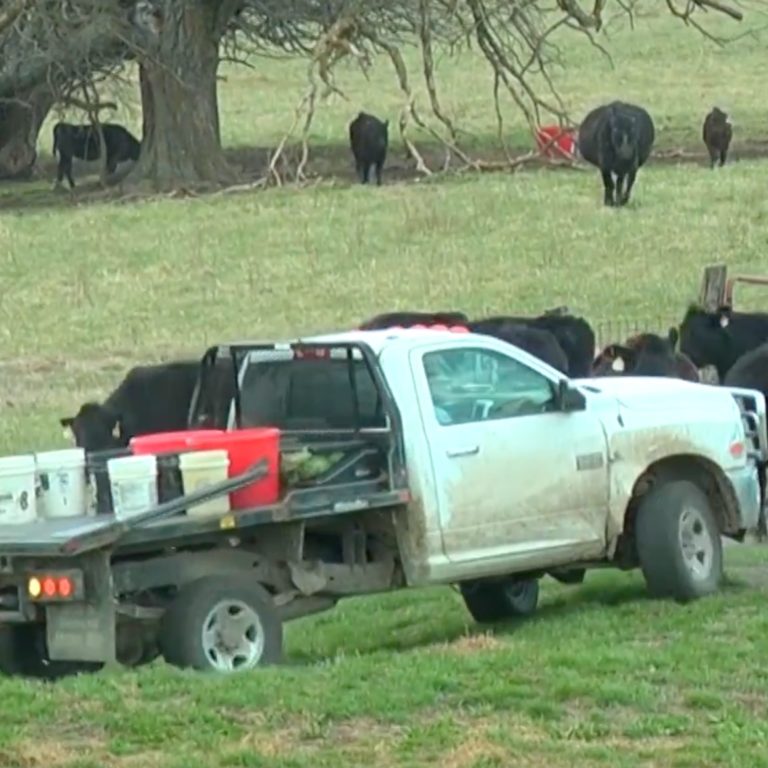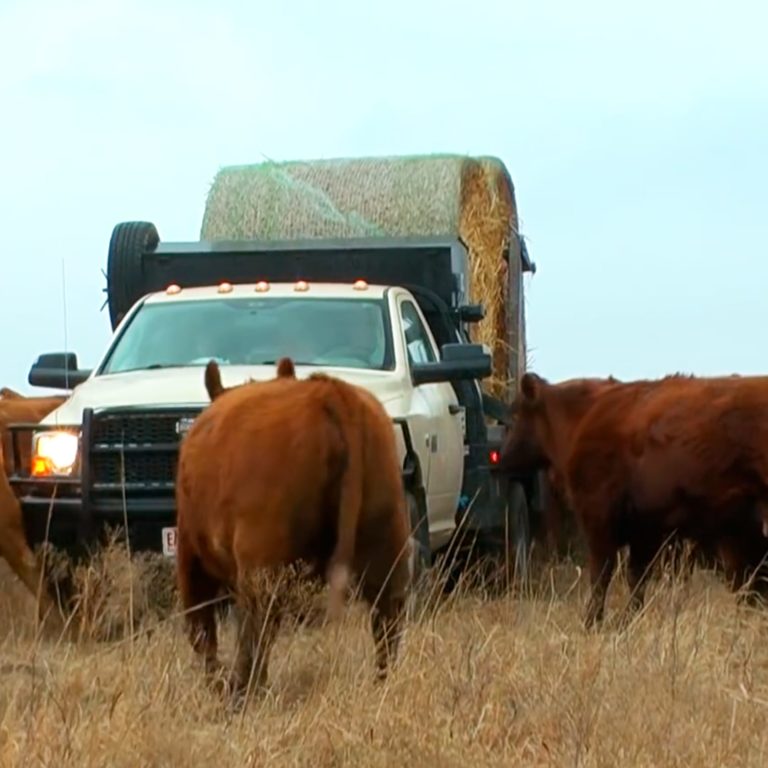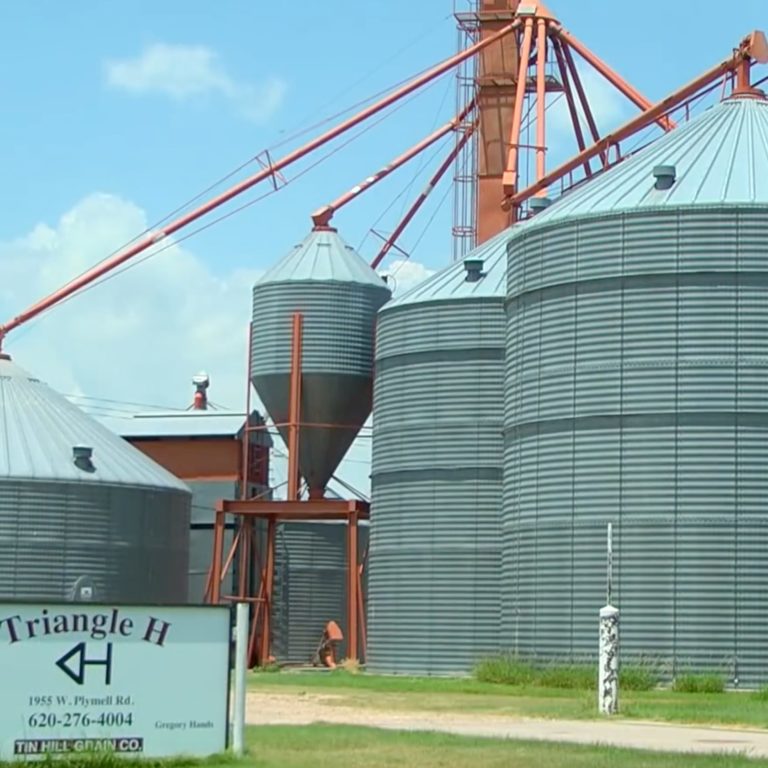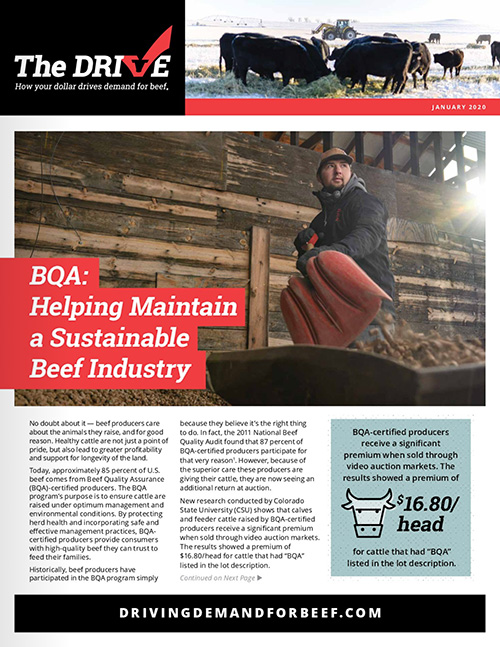Checkoff Invests in Meat Profiling to Deliver Lean Cuts
Consumer purchasing decisions directly impact the way producers raise beef. The Beef Checkoff invests dollars toward meat profiling and product development, which helps drive demand at the meat counter and increases the overall value of beef.
Chuck Kiker, beef producer from Texas, is proud of the work the checkoff has done to deliver lean cuts the consumer wants.
“Meat profiling and developing new products is one of the best things the checkoff has done to make the value of that carcass go up,” says Kiker.
“We had so many cuts of meat that weren’t high-dollar cuts that would end up in grind, and it was very important to add value to those cuts. That is one of the things the checkoff has been able to do.”
By investing in muscle profiling research, the Beef Checkoff has been able to identify lean, tender muscles that consumers find desirable. The flat iron steak and petite tender are two examples of beef products that became available as a direct result of checkoff investments.
“It gave [the food service industry] an alternative to a high-priced steak dinner,” says Kiker. “They could go with a petite cut tender or a flat iron steak and have beef on the menu. That was huge for the beef industry and put a lot of money back into the value of that carcass.”
The Beef Checkoff has made investments to ensure beef remains a top protein choice amongst consumers. Through research and promotion, consumers have more options than ever when it comes to purchasing beef cuts.
The Beef Checkoff program was established as part of the 1985 Farm Bill. The checkoff assesses $1 per head on the sale of live domestic and imported cattle, in addition to a comparable assessment on imported beef and beef products. States may retain up to 50 cents on the dollar and forward the other 50 cents per head to the Cattlemen’s Beef Promotion and Research Board, which administers the national checkoff program, subject to USDA approval.




